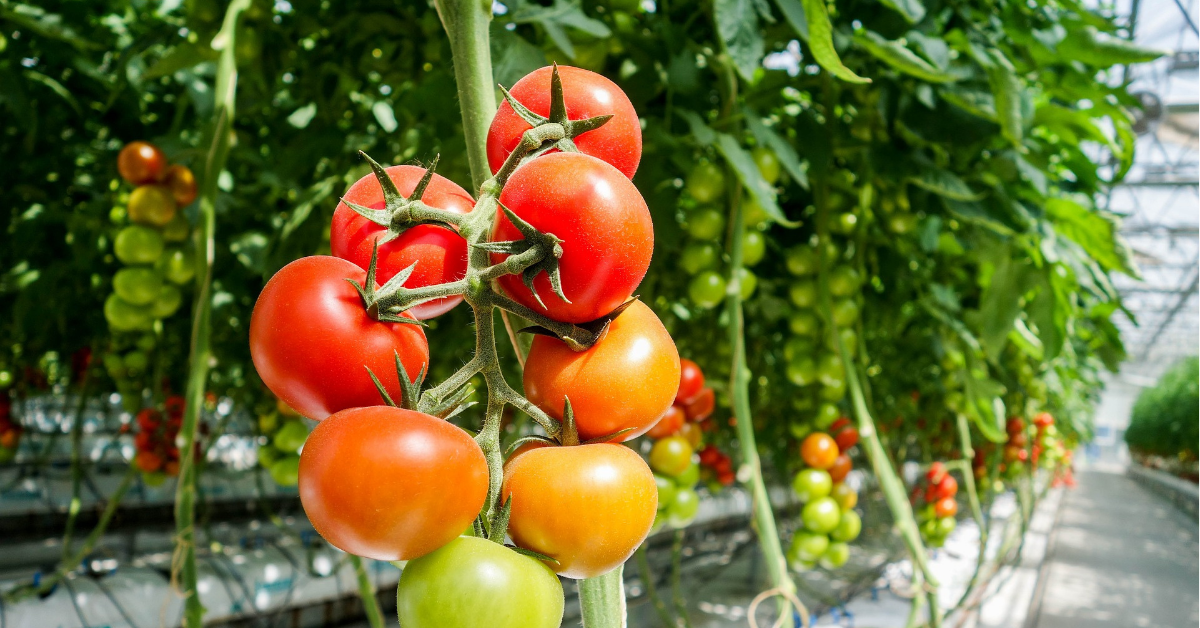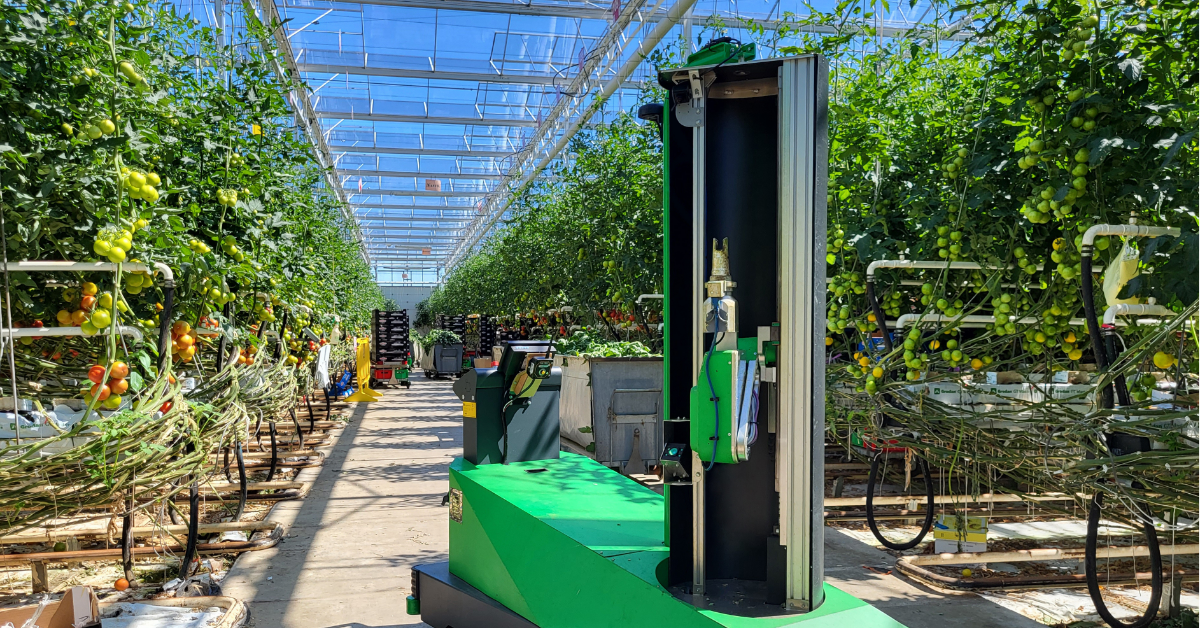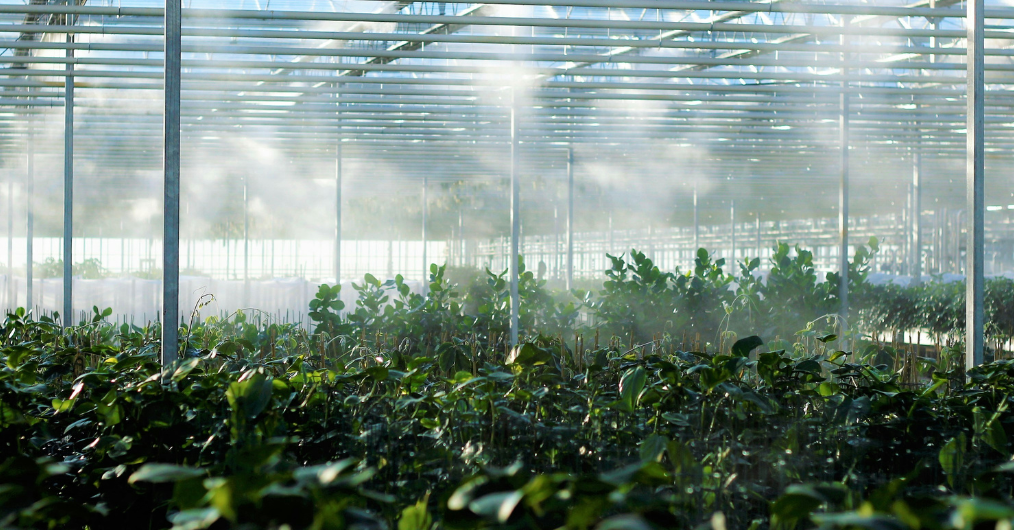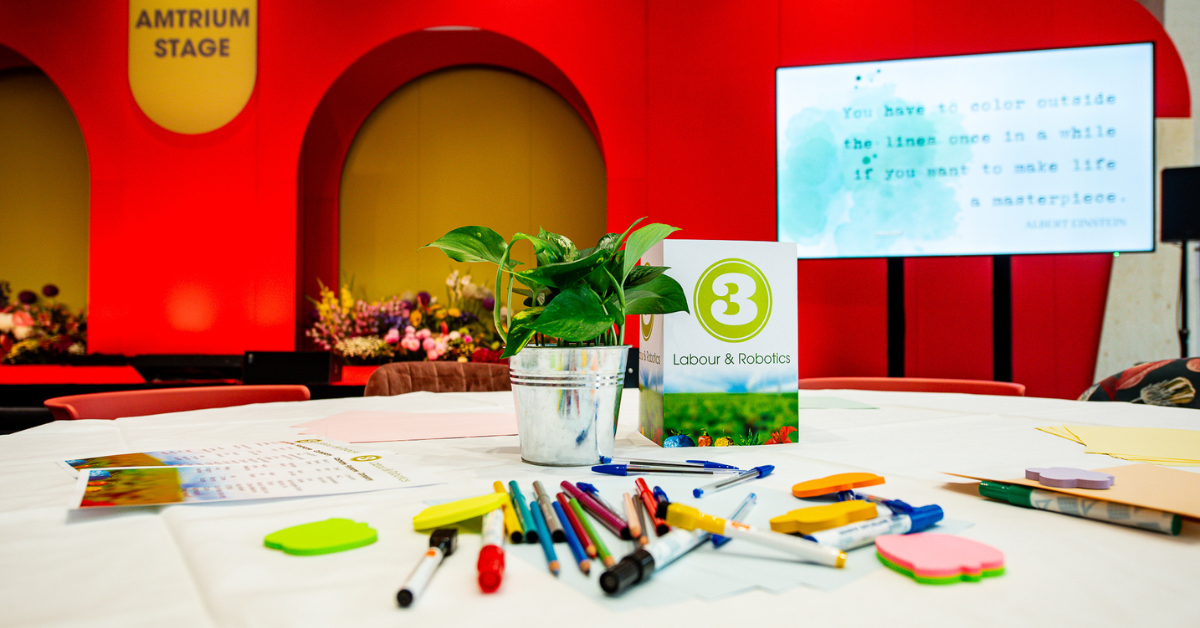Vegetable flats, the future of vertical farming?
Population increases have been a topic of discussion within the horticulture technology industry for a while and it’s not going anywhere anytime soon. Increases in population density and over city population expansion indicate it is important to look for solutions that don’t sacrifice liveable space, while still increasing crop production to sustain their respective areas and industry demands. In 2017, more and more of our growing population exists in booming cities and the dependability on safely grown, high quality crops is an integral deciding factor for many consumers. Trend analytics indicate the same behaviour among customers, an increasing demand for vegetables grown at or near the area of consumption. The question on everyone’s mind is how to make this trend a reality while combating spatial challenges. This is where vertical cultivation is slowly but surely creeping into the lives of consumers, whether they know it or not.
Vertical farming is the use of both horizontal and vertical space to produce crops with maximum utilisation of available space. By growing UP, it allows several layers of these crops and, obviously, produces higher yield than that of a farm using the same m2. With the technology used in these vertical farms, the environment of the crop, water usage, and fertiliser usage can all be strictly controlled, additionally, minimal waste is produced reducing the operations negative effects on the environment. Chances of contamination are small as the operation can be run with little to no human help and minimal knowledge is needed to run these farms allowing flexibility in location. As mentioned earlier, crops are grown with complete environmental control which ensures that climate, exposure to light and humidity, factors that control plant growth, are sustained and consistent quality is assured.
Japanese utilisation of Vertical Farms
Over the past several years, a number of large vertical farms have been set up in Japan. Following the earthquake and tsunami in 2011 with all of the damage that was done to existing farms and infrastructure, the need for safe and reliable foods skyrocketed, far surpassing the supply at the time. In 2013, a vertical farm was placed in the middle of one of the drastically damaged areas to allow a steady supply to the much needed areas. The farm is producing lettuce on an area of 2300m2, 15 floors high, produces lecture in 30 days; instead of the 50-60 days it normally takes and have 10,000 heads of lettuce leaving the farm daily.
Container cultivation for regional sales
There have been vertical farming innovation efforts popping up all over the world, however the united states has created a number of smaller projects. These innovators are mostly entrepreneurs that did not originate in the horticultural industry, however spotted a gap in the market. To fill the gap in the market, they have started the localised production of vegetables in farms that are housed in either greenhouses or containers using LED lighting. This movement created the concept of container cultivation.
Container cultivation is the usage of a container, such as an industrial shipping container, to house a vertical farm. This has become a booming industry with many companies now creating container farms ready to order. Kimbal Musk, a known container cultivation enthusiast, purchased 20 of these containers in 2016 and placed his own “Leafy Green Machine” in a residential care facility in Deventer, the Netherlands, to allow the community easy access to crops and adding a social aspect to growing.
The containers produce significantly less than other vertical farms because of their size in comparison. Nursery AeroFarms, in Newark USA, boasts a vertical farm of 0.6 hectares by 9 meters tall which allows for food to be grown on 12 floors. In their farm, they grow 200 kinds of vegetables that supply The Compass Group, ShopRite, WholeFoods and FreshDirect daily.
In June 2017, the annual Vertical Farming Congress hosted an event in Venlo, The Netherlands discussing the pros and cons of vertical farming. Both optimists, pessimists and neutralists were present asking: Is this the future of cultivating? Will we all eat food grown in cultivation factories soon? “How can a vertical farm solve the problem of world hunger? Can we feed the world with just green leafy vegetables and culinary herbs?”. When starting a vertical farming facility, the end objective must be in mind according to Jan Westra from Priva. He says “Are you starting a farm in the city from a social standpoint, or is it the wish of the government to give a new boost to existing buildings? Or do you want to grow food in an inaccessible location such as the South Pole? You can grow practically anywhere with vertical farming, but there’s a great number of factors that decide whether you’ll make a profit or not: from utility costs to marketing.”. One of the biggest deciding factors is investment costs as it is an expensive operation to set up as the technology and techniques are costly. However, according to Marc Kreuger from Here, There Everywhere, because you can control all aspects of production, there is a very small grey area. Marc supports the commercial growth of tomatoes, cucumbers and bell pepper (paprika).
Addition to Greenhouses
In the Netherlands, companies such as Certhon, has invested in research that will help with crop production without the use of natural daylight. Just this past summer, they harvested their first bell pepper crops grown in their Plantyfood growing cell. Originally a Greenhouse builder, Certhon claims that they focus on the customer and ensuring their profitability. Their manager Hein van der Sande says “We look for the best cultivation method per region. Sometimes that’s a greenhouse and sometimes it’s a system without daylight. It depends on the circumstances. Looking at technical set up of a greenhouse, with three screens and climate computers, the step to containers isn’t all that large. The difference is between glass versus sandwich panels. It’s true sunshine is free, but in certain conditions it can also be an enemy, in the Middle East, for example. You then have to make decisions and calculations and look at the customer’s wishes.”
Certhon is also the main contractor for a vertical farm based out of Dronten, The Netherlands, Fresh-Care Convenience (FCC). FCC grows lettuce in nine layered vertical farms in climate controlled rooms. It is the largest of its kind in Europe and is still just a test facility. If the test facility passes its initial growth expectations, they will go commercial and initially produce 6000-7000 kilos per week, however they already have a weekly demand of 120,000 kilos. Depending on how production goes, they will make the decision to expand early 2018 and where the option for expansion partnerships will be offered to regional cultivation companies.
n a statement released by Staay Food Group, they expressed their happiness as they become less dependent on southern European cultivation. “We currently get our lettuce from Southern Europe during part of the year. Disadvantages of this are the changeable climate and the long transportation distances. When we get lettuce from our own vertical farms, it’ll be fresher, no pesticides will have been used, and quality will be stabilsed. Furthermore, the cultivation is sustainable, the use of water can be reduced ten times. And we can plan much better. When we plant on day 1, we can harvest on day 30. The first heads of lollo bionda, lollo rosso, rocket and frisée lettuce will therefore be marketed this year.”
Share your horticulture technology stories with us
Do you have an innovation, research results or an other interesting topic you would like to share with the international horticulture technology industry? The GreenTech website and social media channels are a great platform to showcase your stories!
Please contact our Brand Marketing Manager Murkje Koopmans.
Are you an GreenTech exhibitor?
Make sure you add your latest press releases to your Company Profile in the Exhibitor Portal for free exposure.
Have exclusive horticulture technology news delivered to your inbox
The GreenTech monthly newsletter brings you the latest exclusive horticulture technology news and updates about our global horticulture technology trade shows and events.
Join over 32,000 of your peers and receive:
☑ Exclusive commentary from industry leaders
☑ The latest news from the GreenTech team
☑ Stay up to date with all the latest news about our events
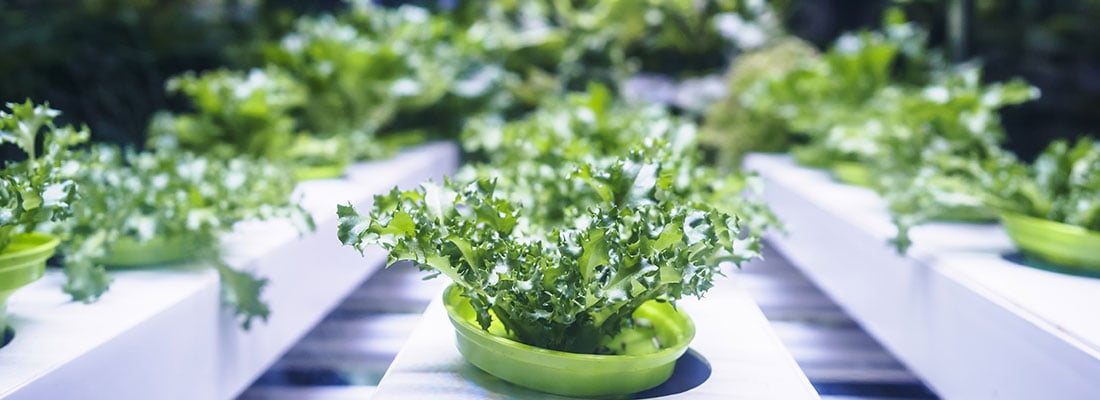
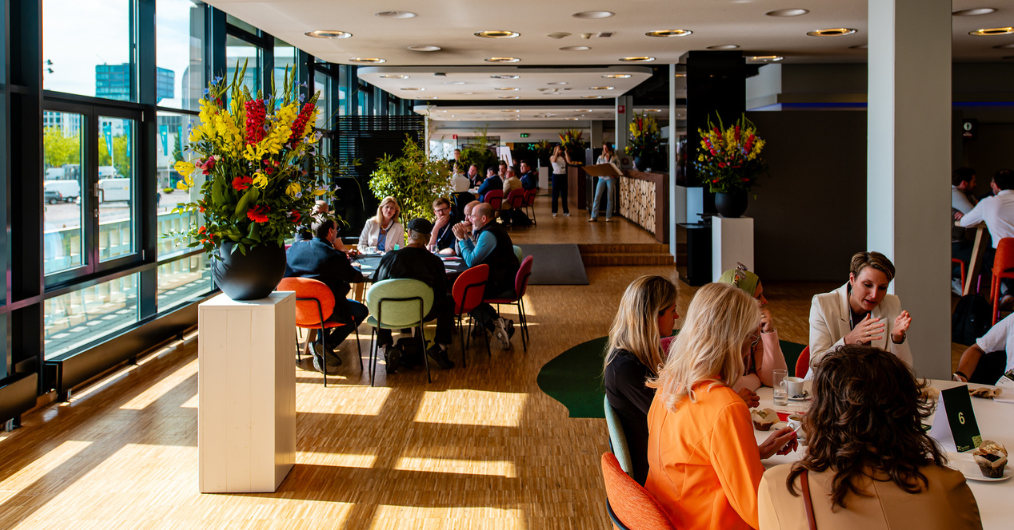
.png?h=628&iar=0&w=1200)
.png?h=628&iar=0&w=1200)

